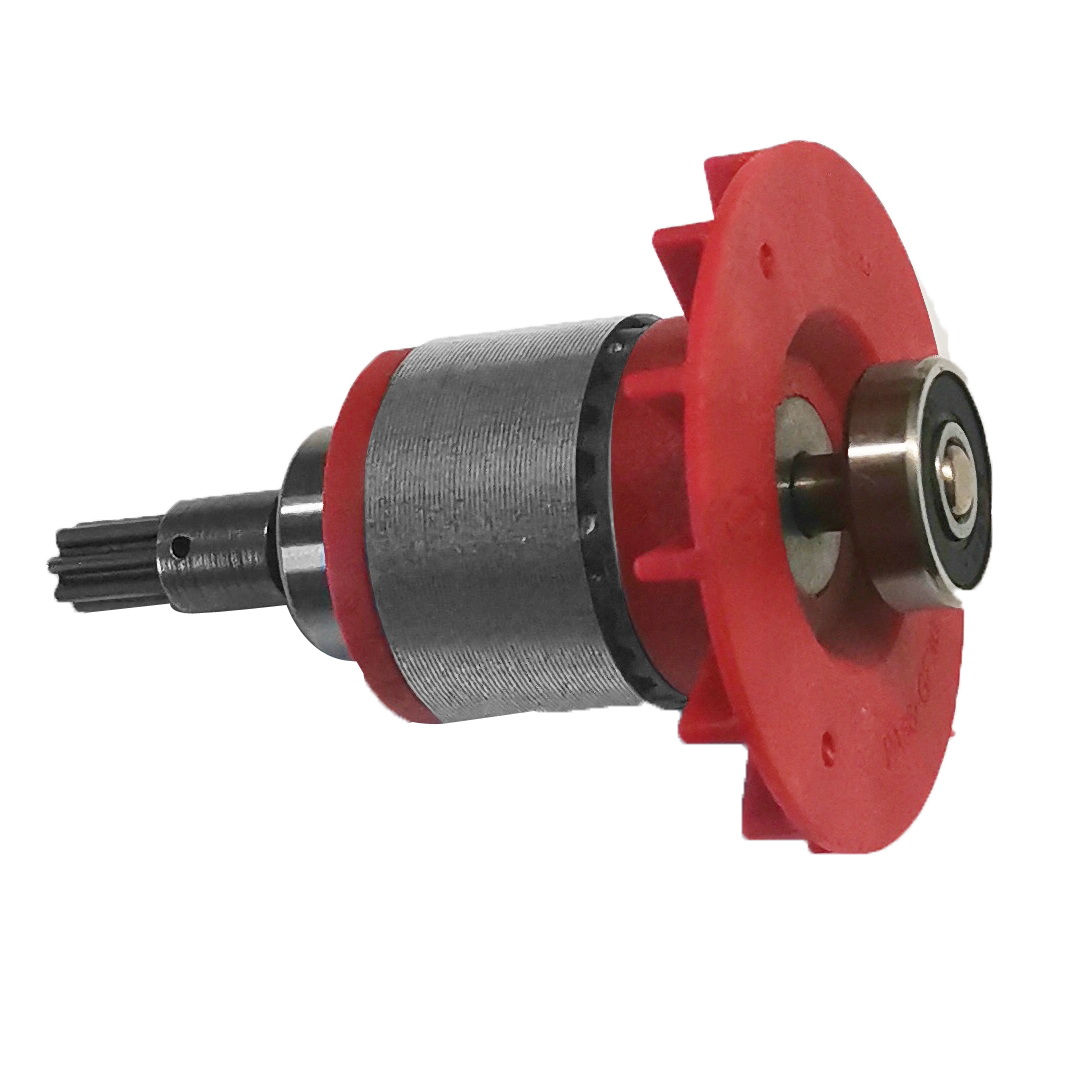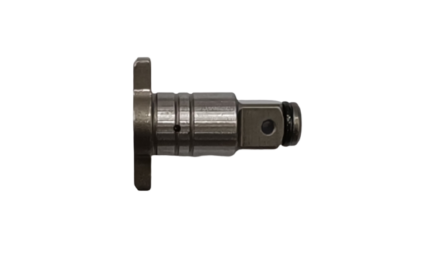The Powerhouse Within: Unveiling the Cordless Impact Wrench Rotor
The cordless impact wrench may seem like a simple tool on the surface, but within its core lies a hidden powerhouse: the rotor. This unsung hero is responsible for converting electrical energy from the battery into the impactful force that powers the wrench’s operation. Here’s a deep dive into this essential component:
Function:
-
Energy Transformation Champion: The rotor receives electricity from the battery through the motor’s brushes or windings. This electricity creates a magnetic field within the rotor’s core. The rotor interacts with the stator (stationary electromagnets) to generate torque, a twisting force. However, unlike a regular motor, the rotor in an impact wrench is specifically designed to create rapid, powerful bursts of torque, ideal for driving and loosening tough bolts and nuts.
-
Impact Generation: The rotor’s design plays a crucial role in the impact mechanism. Within the rotor, there’s often a hammer mechanism that utilizes the rapid changes in the magnetic field to strike an anvil located on the stator. This rapid striking action creates the impactful blows that deliver the high torque needed for loosening stubborn fasteners.
Construction:
- Core: The rotor’s core is typically made from laminated steel to minimize energy losses due to eddy currents. These laminations are thin sheets of steel electrically insulated from each other.
- Shaft: A central shaft made of high-strength steel runs through the core. This shaft connects the rotor to the output shaft, which ultimately transmits the rotational force and impactful blows to the socket attached to the wrench.
- Windings: Embedded within the core’s slots are insulated copper wires called windings. These windings create the magnetic field when electricity passes through them. The specific winding configuration can vary depending on the motor design.
- Commutator (Brushed Motors Only): In brushed motors, a commutator is a cylindrical component attached to the shaft. It consists of segmented copper bars and acts as a switch, reversing the current direction in the windings to maintain continuous rotation. Brushless motors don’t require a commutator.
- Hammer Mechanism: This is a key component specific to impact wrenches. The design can vary, but it typically involves a hammer within the rotor that strikes an anvil on the stator, creating the impactful blows for high torque.
Maintenance:
- While the rotor is a robust component, it can wear down over time due to regular use or excessive force. This can manifest as decreased power, reduced impact force, or even complete motor failure. Regular maintenance practices like avoiding overloading the wrench and keeping the motor vents clean can help extend the rotor’s lifespan.
Replacement:
- Replacing a damaged rotor in a cordless impact wrench can be a complex task. Depending on the wrench model and your expertise, it might be best to consult a qualified technician for rotor replacement. They can ensure the new rotor is properly installed and balanced for optimal performance and safety.
In Conclusion:
The rotor is the heart of your cordless impact wrench, transforming electrical energy into the impactful force that tackles even the most stubborn bolts and nuts. Understanding its function, construction, and maintenance needs allows you to appreciate its role and take steps to ensure your wrench operates efficiently and safely for years to come. Remember, when dealing with complex components like the rotor, consulting a professional for repairs or replacements is often the safest and most reliable option.











benzrajanrx135@gmail.com –
The product is good, arrived on time, good company, you can trust it and buy it.
Mahfooz mistri –
Very useful product value of money ❤️❤️